8:00 - 8:40 - Science/Social Studies
8:40 - 9:00 - Morning Meeting
9:00 - 9:20 - Snack and Read Aloud
9:20 - 9:40 - Recess
9:40 - 10:40 - Reading Workshop
10:40 - 11:25 - Word Study and Writing Workshop
11:25 - 12:25 - Specials
12:25 - 12:35 - Handwriting practice
12:36 - 1:01 - Lunch
1:01 - 2:10 - Math
2:10 - Pack up, Roses, and Dismissal

I have been reading a historical fiction book where the teacher in the book received an apple. I have gotten several in the last two week from sweet children! :)
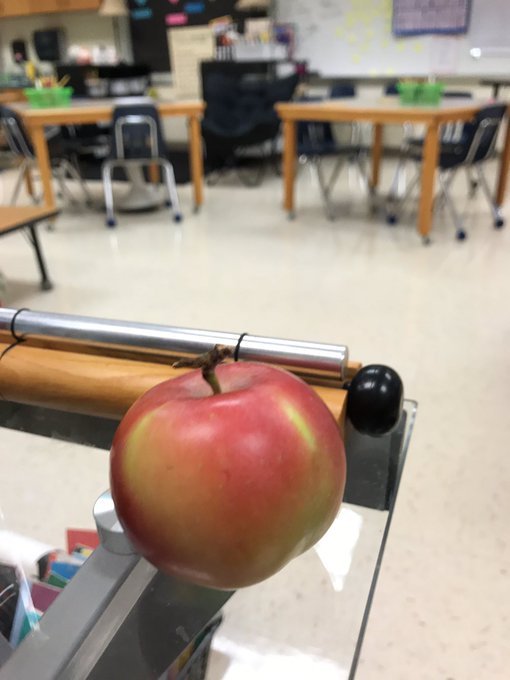
Now, what's been going on in 2nd grade...
Science/Social Studies:
We have just transitioned into Science with our first unit...magnets! Students have explored the types of material that have a magnetic field that attract magnets and which materials repel magnets. Student have been testing the magnetic force of the poles. All of these fancy words are vocabulary words your child should know, so don't be afraid to use them at home!
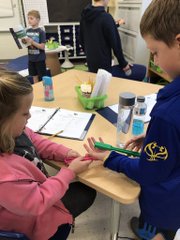

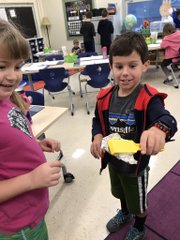
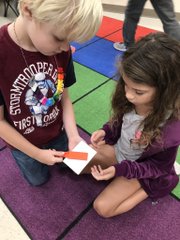
We have also learned about two famous Americans; George Washington Carver and Helen Keller. Students learned that George Washington Carver came from a slave family, but went to school to become a famous botanist who realized that rotating crops (specifically cotton and peanuts) was beneficial to the soil and kept plants healthy. He found many uses for peanuts (oil, cheese, dye, etc).
When reviewing all that we now know about George Washington Carver, students shouted out things they remembered and I wrote them down. We then started a sequencing lesson by placing them in chronological order.

Students have also felt braille and will make their own braille words in word study in the upcoming week because we have learned about Helen Keller. She was born with the ability to see and hear, but due to a severe fever, she lost her sight and hearing as a young child. After several frustrating years, her parents hired a teacher, Annie Sullivan, to help her become part of our world again.
Ways to help at home:
- Pull out some magnets and let them go to town! They can wander around the house trying to figure out what attracts magnets. Remind them to stay away from your phone or computer! ;-)
- Students can also get onto Pebble Go (BES homepage, Library, Research & Learn, Pebble Go at the bottom) to read, listen, and explore more about George Washington Carver and Helen Keller.
Word Study:
I work with each group for about 20 minutes so they know the reason behind their sort. Students then write their sort one time and do some type of activity. Students can log in to Spelling City from home to practice through fun games. Simply do a Google search for Spelling City, click login at the top right, then click student login, then they enter their username and password (exactly like they login to their computer at school).




Writing:
Students have been working on stories where students create characters, the setting, a problem and the final solution. We have talked about adding details to their stories.
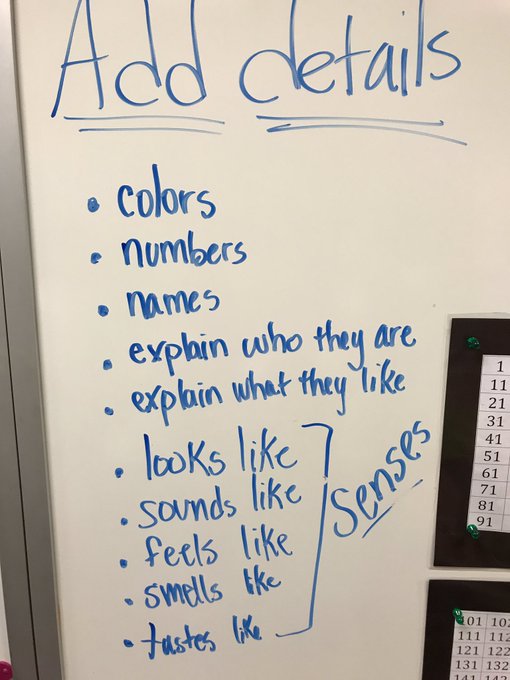


I have also introduced the proper way to format a letter. Maybe you have received one of these? They are so very excited to learn how to write one properly. You may receive more at home that are marked up by me. Right now, I am focusing on the proper location of the date, greeting, signature, and indenting. We have only briefly talked about why we indent (when we start a new topic for a paragraph), but will continue to work on that in the future. Please see the note below about new homework!
Ways to help at home:
- Have fun with your child by writing together. You could create a story together!
- I will begin journal homework soon. This is just a way for me to get to know students better and so we can practice writing letters with proper formatting.
Reading:
We completed our decoding strategies. Students have been using Stretchy the Snake, Eagle Eye, Chunky Monkey, Flippy Dolphin, Tryin Lion, Skippy Frog, and Lips the Fish. Students continue to write new vocabulary words on their sticky notes in which we add to our interactive bulletin board! I don't have a picture of our board this year, but here's a photo from two years ago to give you an idea of a visual reminder we use in class. There are new sticky notes each week in which we replace the following week depending on the strategy taught.
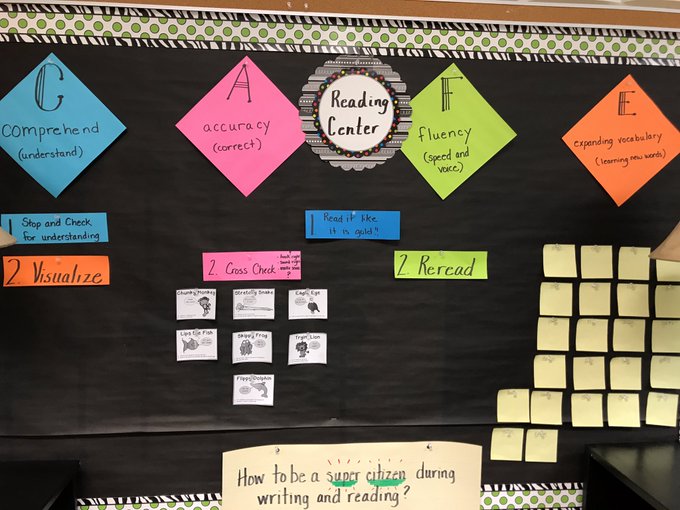
We have recently begun adding comprehension strategies to our Reading Toolbox! Students are realizing they need to create pictures (or even a movie) in their heads when they read - VISUALIZATION! Students are also starting to ask questions like:
- I wonder why...
- I wonder what...
- How did...
- I wonder when...
- Who...
Students are also beginning to understand the components of a story. Similar to what we are doing in writing, students are identifying the character, setting, problem, and solution in books they read.
Ways to help at home:
- I write this all the time, but practice does makes perfect! The more reading your child does, the better they will get! Research shows between 20-30 minutes per day helps growing readers improve more rapidly.
- I want students to LOVE to read, just as I do! To get them to love it, they must love the story. Let your child choose what to read. If they are excited and engaged in the story, they will want to read more and more.
- Check out these reading reflection projects!




We have transitioned into Geometry. Students are able to identify 2D and 3D shapes. Here's a chart to describe the different vocabulary terms for each. Ask your child to explain them!
2D 3D
sides edges
corners vertex (vertices)
faces
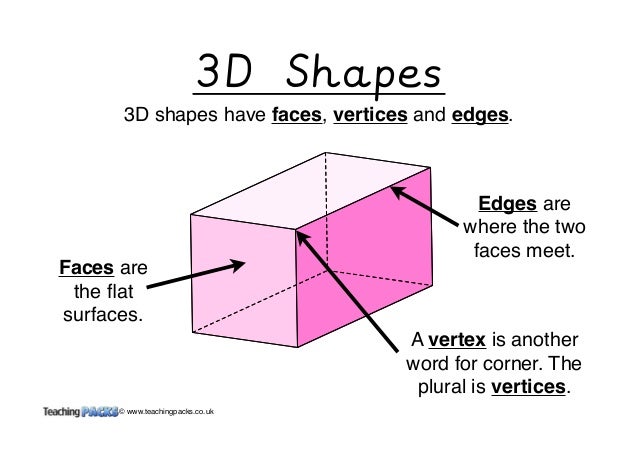
Students are also able to distinguish between the three different types of angles and sort shapes based on their angles.
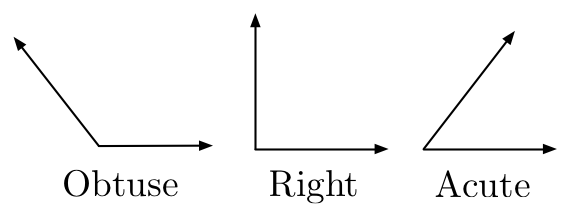
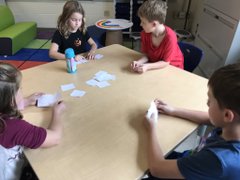

Students can also describe the qualities of a rectangle array. They know that all rectangles have 4 right angles, and can describe them using rows, columns, and total tiles. For instance, this array can be described as having 4 right angles, 3 columns, 4 rows, and 12 total tiles.
Students still have the ability to work on ST Math at school and at home. ST Math allows students to explore the concepts we are studying. I recently introduced them to Reflex Math, which builds students fact fluency. Both of these are very important to building a solid mathematical foundation.


Ways to help at home:
- Continue to create word problems and have them use their own strategy to solve them.
- Ask your child to point out different 3D vocabulary terms on items around your house! :)